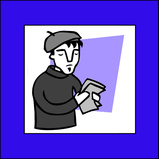
To get ready for MCAS, we've been studying a new genre: Poetry. We read LOTS of different types of poems, picked out a few favorites, and started analyzing them.
The time has finally come to write some poems! First we thought about our favorite color, objects that are that color, how they move, and how our color makes us feel. We wrote the nouns (objects) on yellow paper, the verbs (movements) on blue paper, and the emotions (usually adjectives) on orange paper.
The results are short pieces that have so much going on so quickly that they can make the reader feel like they are dreaming!
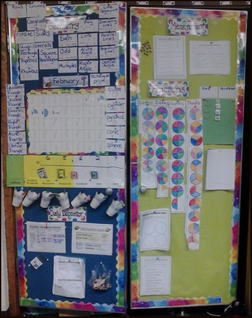
Our calendar math board is filling up! Here are some of the things we've learned to do at the Calendar board:
We have geometry vocabulary words.
We have been looking at patterns in the dates every day when we put a different shape on the calendar.
We have cut circles into fractional pieces, including thirds, fourths, fifths and sixths. We have named the fractions we see as improper fractions and mixed numbers.
We have been multiplying two digit numbers by 100 and noticing that our answer always ends in 2 zeroes.
We have been drawing figures with a given area by coloring squares. Then we found the perimeter.
Today is March 28. Can you tell how many circles are colored if there are 28 thirds? Or, can you multiply by 28? Or, if you draw a long rectangle with 28 squares, can you tell the perimeter? Answer in the comments below.
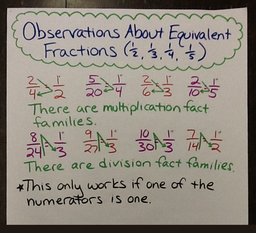
When fractions have a top number (called the numerator), we noticed that if you put them next to an equivalent fraction, you can see fact families!
Notice that the numbers in 1/4 and 1/2 go together. We can say that 2x2=4x1. We can say that 4 divided by 2 equals 2x1.
If you look at the poster above, can you find any fact families? Write them in the comments below.
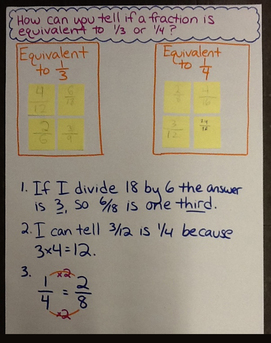
When using the plastic fraction bars, we noticed that one yellow bar is the same size and 4 purple bars. When two fractions are the same, we can say that they are equal or equivalent.
To tell if two fractions are equivalent, if you don't have the plastic fraction bars, there are a few different ways to find out if they are equivalent.
Which way is your favorite, number one, two, three, or is there another way you can explain? Answer in the comments below.
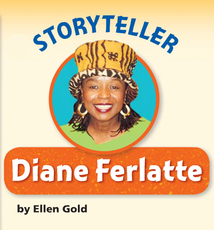
Our third guest poster this year is Chris W., who read a nonfiction article about a professional story teller. Here's his summary of what he read.
This is about storytelling.Diane Ferlatle is a storyteller and she does that for a living.Also the Ferlatle family passes down stories. Stories were also passed down from Africa,like when there were slaves,but the slaves could not write and they could not read.Her family likes to sing and dance.Storytelling is a strong tradition in her family and culture.Diane’s young son was watching to much t.v. so she sang books to him so he captured intrest.Now Diane uses music as an helper to support stories she tells professionally.She also likes to visit schools too.That’s about Diane Ferlatle and her storytelling career.
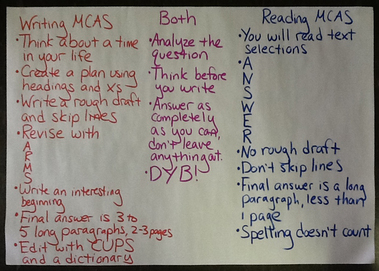
In 4th grade, you have 2 different types of MCAS tests to take in March.
The first is the writing MCAS test on March 19. This is the test that you need to write a 2 to 3 page story about something that happened to you. In the past, the question has been to write a story about a snow day, a story about meeting a friend, a story about being helpful, and so on.
The other test is the reading MCAS test, which will be on Friday, March 22 and Monday, March 25. On this test, each day you will read a selection (fiction, nonfiction, poem, traditional literature, or a play) and then answer about 8 multiple choice questions. Then you'll read a second selection and answer multiple choice questions, and a third and answer multiple choice questions. Each day one of those selections will have an open response question. You'll need to write up to a one page response to the question. It usually asks why a character did something, or in nonfiction it will ask you to describe some of the information.
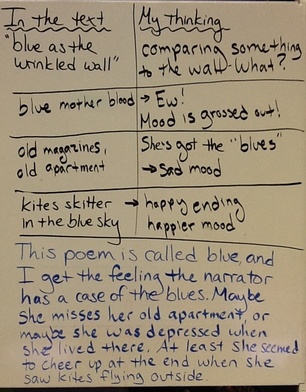
People who understand poetry pay attention to the way poetic devices are used. They wonder "what does that comparison mean?" And they pay attention to words the author uses to try to change the mood.
Figuring out what a poem means is like solving a puzzle. Each line has a clue that's hidden inside a poetic device. After thinking about each line from the text, you can figure out what the mysterious poem is really about!
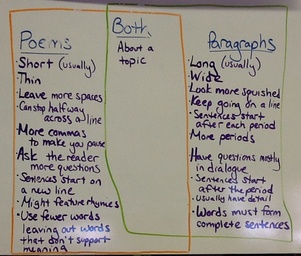
There are many differences between poems and paragraphs. They look different, they sound different, and they are written for different reasons. What is your favorite poem, and why do you like it?

Creating a T chart is one way to organize the details you underline when you are reading.
One question you investigated for "Because of Winn Dixie" was "Why does the preacher change his mind about keeping the dog?" There is actually more than one right answer!
To explain why he decided to keep Winn Dixie, you want to write two answers, and put all your supporting evidence under each answer. You can see two answers written in blue, and all the yellow notes underneath have sentences copied from the story.
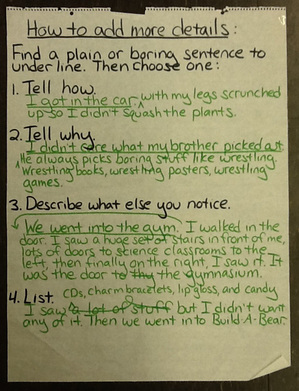
Have you ever thought, "I don't know how to add more details?"
Here are four different ways to do it!

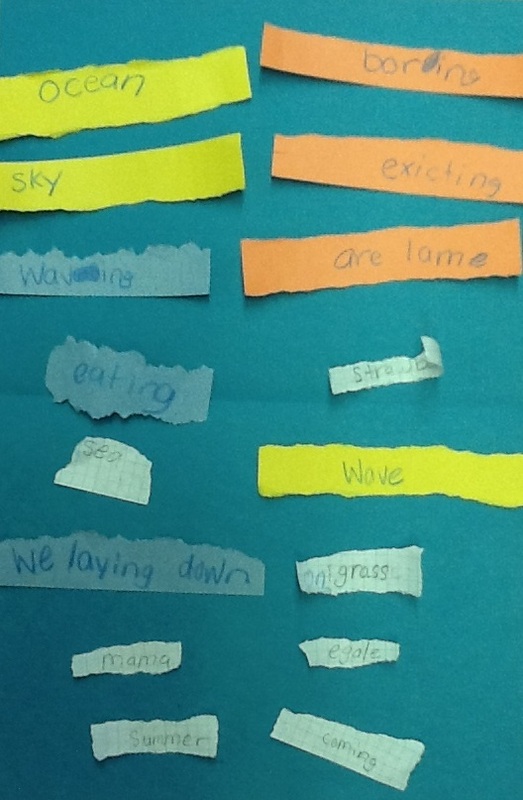
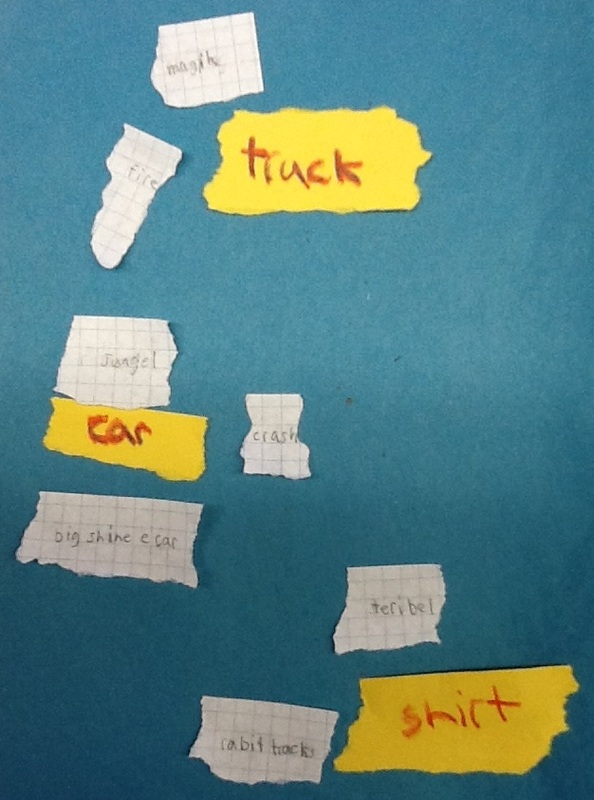
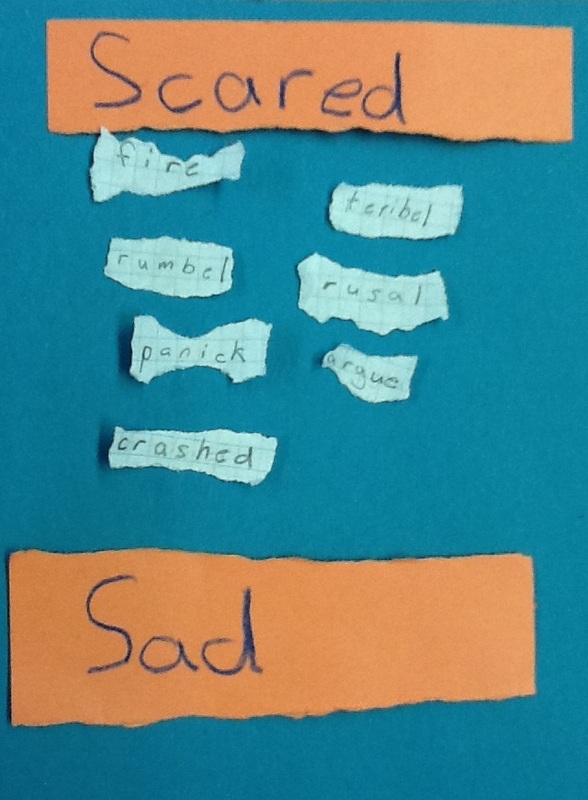









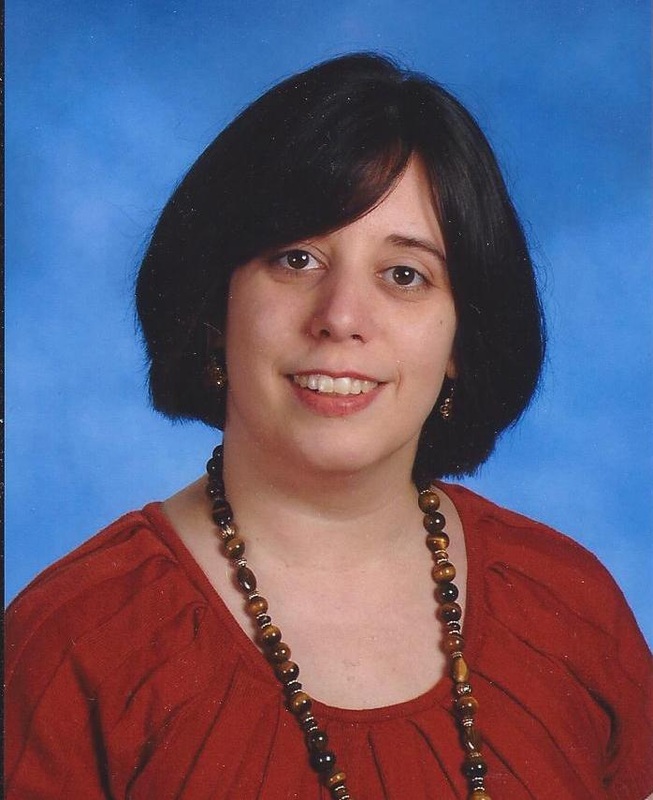
 RSS Feed
RSS Feed